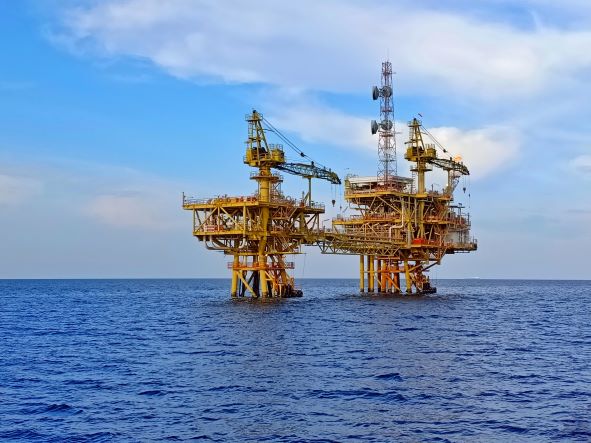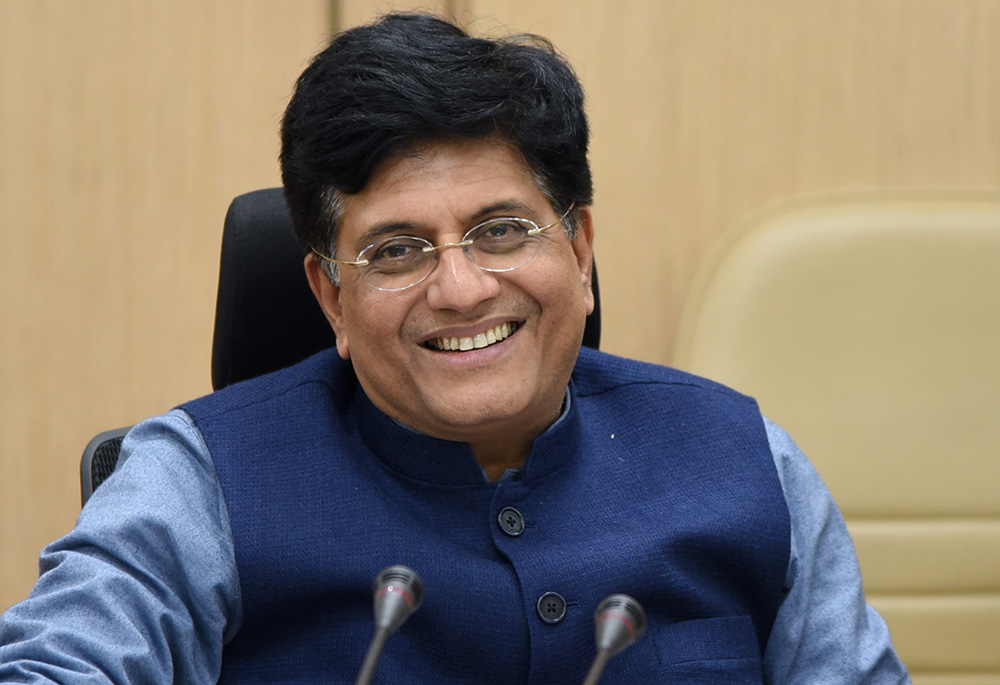The Russian invasion of Ukraine has increased global oil market volatility. The economic impact of another oil price shock, should it materialize, would be significant.
At the beginning of Russia’s invasion of Ukraine, the crude oil price breached $130 per barrel in March 2022, the highest since 2008. Since then, it retreated to about $100 in April, before rising again to $120 following the European Union’s (EU) partial ban on Russian oil in May. Some worry that the oil price could spike to $200 per barrel in the coming months and how such a shock would impact on the economic prospects of Asia’s developing countries.
While many institutions, including the Asian Development Bank, project a significantly higher oil price in 2022, compared with 2021, these predictions do not foresee $200 per barrel because they attach a low probability of a sudden shock to global oil supply. A sudden shock is unlikely given the EU’s decision to gradually phase out Russian oil imports by end of 2022, allowing an orderly transition to alternative supplies and keeping prices stable and affordable for consumers.
However, the possibility of a supply shock that leads to a large spike in the price of oil as high as $200 per barrel cannot be ruled out. For instance, an escalation of the war in Ukraine could be followed by an immediate European Union ban on Russian oil. It is unlikely that other oil exporting countries would fill the resulting shortfall of 3.5–7 million barrels per day in the short run.
For instance, Saudi Arabia recently agreed to increase supply by 200,000 barrels per day and US shale oil producers have been reluctant to boost output despite the oil price exceeding $100 per barrel due to supply-chain disruptions and rising costs. And diverting Russian oil to third countries has challenging logistics.
In this scenario, a price of $200 per barrel would be possible given that oil markets can overshoot and the previous peak of $140 in June 2008, which equates to over $180 in today’s dollars, was driven by a series of supply disruptions and did not comprise similar geopolitical issues involving sanctions against a major oil producer.
Impacts of a $200 per barrel oil price shock range from small to severe, depending on the nature of the scenario and its associated knock-on effects. A relatively benign scenario is a short-lived oil price shock in the second half of 2022 with no significant knock-on effects. In this case, Gross Domestic Product (GDP) growth in the region is virtually unaffected, while inflation edges up to 4.6%‒about 1 percentage point above the Asian Development Outlook (ADO) baseline‒before receding to 2.0% in 2023.
It is more plausible, however, that an escalation of the invasion together with an oil price shock of this size will set off significant secondary effects. One possibility is an increase in inflation expectations that requires additional monetary policy tightening, and which also results in falling consumer confidence and business sentiment.
Under such a scenario, developing countries in Asia experience a marked growth slowdown to 3.8% in 2022, which is 1.4 percentage points below baseline. In 2023, growth accelerates to 4.5% but remains 0.7 percentage points below the baseline. Headline inflation would surge even higher to 5.3% and 3.4% in 2022 and 2023, respectively.
A further plausible scenario is that the spiral of higher inflation expectations and monetary policy tightening result in global financial turmoil in early 2023, in part due to rising concerns over a global recession. In this case, developing countries in Asia would only grow by 2.3% in 2023, while the G3 and several economies in the region see contractions. In this scenario, the GDP level by the end of 2023 would be about 4% lower than in the baseline, which is about two-thirds of the size of the COVID-19 shock in 2020.
Governments can help mitigate the impact of a high oil price. Over the short-term, they should implement measures to improve energy efficiency and other conservation policies to reduce petroleum fuel imports.
Over the medium-term, governments should implement pricing and subsidy reforms in the energy sector which will free up fiscal resources to enable adequate targeted support for vulnerable groups that are most impacted by high energy prices.
And over the long-term, measures should be undertaken to strengthen energy security by diversifying the energy mix away from fossil fuels, and towards low or zero-carbon energy resources for power, heating, and cooling as well as promote and invest in e-mobility vehicles and infrastructure.
Written By
Marcel Schröder, Economist, Economic Research and Regional Cooperation Department, ADB
This article was first published on the Asian Development Bank Blog and is published under the creative commons licence



